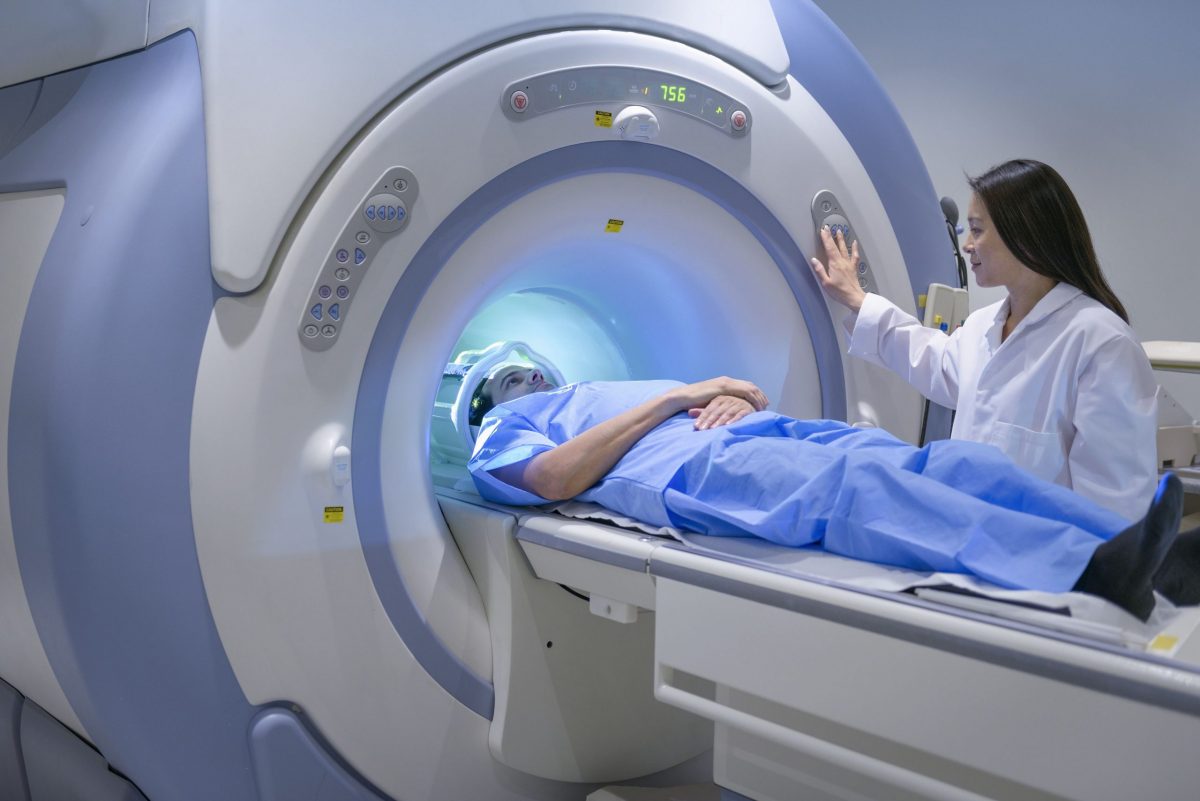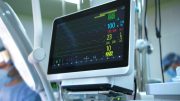In recent years, the structure of the social care sector has almost totally transformed. The unprecedented events of COVID-19 have seen everyone within the industry forced to adopt a more forward-thinking approach, embracing new methods and technology to ensure the quality of care is maintained.
One aspect that has proven to be a saving grace for our sector in a time of need is the use of digital technology. Over the past few years, more and more care providers have made the conscientious decision to capitalise on the technological advancements that are continuing to improve and transform all aspects of social care as we know it.
When I first took over as a manager at Mulberry house, the care home was still very reliant on paper-based processes, which led to significant problems. For example, if essential paperwork is not completed and filed promptly and correctly, it causes standards of care to slip – leading to concerns raised by the CQC. As a result, we wanted to provide more evidence of what care was being delivered from a safeguarding perspective while reducing time-consuming tasks by cutting out some of the admin work.
I researched a range of digital care systems for solutions that could improve residents’ care outcomes and allow care providers more time to care. Regrettably, the first system I chose wasn’t very user-friendly and had been heavily criticised by the CQC and our local quality monitoring team.
As a result, we were forced into rethinking our entire care operation in hopes of identifying an alternative system. Following this, we decided to follow Hythe Care Group – who had been using Person Centred Software for a while and recommended the system.
Person Centred Software’s Digital Care System is ahead of the market compared to other care management systems. The team was really impressed when we started using it, noting how different it was from the old system we used. There was no need for extensive training, and everything was so straightforward. The old system was complicated to use and challenging at times. It was quite a clunky system, especially when pulling out reports. The pre-populated care planning feature was a nightmare to use, the statements were very generic, and sometimes you ended up with complete gibberish because it was so pre-populated.
Until recently, practically all fall prevention strategies in UK care homes relied heavily on human intervention, watching and assisting the vulnerable when they need to be mobile. However, whether it’s a resident going to the toilet, entering the lounge area, or going outside for fresh air, care staff need to be vigilant and on guard at all times. This can be difficult, especially on a 24/7 schedule in large-scale environments like Mulberry House.
Thankfully, there is now a vast array of technology at the fingertips of care providers across the country that can help reduce falls and UTIs amongst the elderly by up to 50 per cent – a feat that just wasn’t possible in a paper-based environment.
Moreover, digital software solutions are proven to simplify the process by utilising a traffic light system to alert staff when a care task is due or to a resident falling below the recommended nutrition threshold.
I’ve found that digital care systems are extremely good at pulling out reports, which I can convert into a PDF in a matter of minutes, sometimes even less. Similarly, care planning features meet the social and medical needs of the people we support. Residents’ preferences and essential information is available at the point of care and accessible at all times; the system is person-centred and very good at tracking consistent care needs.
The technology also allows me to write traditional care plans electronically – so I can make them bespoke and write as much or as little as I need to. Care plan features also sit alongside some good assessment tools that give you all the clinical governance – which has been a tremendous help.
I can instantly generate hospital plans, too; the software automatically produces hospital packs from our resident files, which saves time preparing documentation when someone is transported to an urgent care setting.
Furthermore, Mulberry House is quite a large complex, and we needed something that would give us visibility across the whole home – Person Centred Software’s Digital Care System did precisely this. From a clinical governance point of view, mainly because I’m a nurse by background, I can now get a glance at what’s happening in the home without having to run around asking people. So, it’s great to run reports and immediately get a good oversight of the whole building.
Also, when showing prospective families around our home, we always highlight that we use a digital care system because it’s what they expect now. They expect to have that ability, visibility, and transparency and for us to share information with them immediately.
The fluid and nutrition monitoring features are beneficial, too – we use them practically every day. It helps the team at Mulberry House to keep track of what fluid and food has been provided and consumed in the last 24 hours. The good thing about this feature is that it’s not age-related; it’s very individual. With the fluid feature, you can personalise clients’ fluid needs, so carers clearly know each person’s requirements, whether it’s a fluid target that needs to be met or a fluid cap in place due to a medical condition. It’s easy to see instantly in the building who hasn’t consumed enough fluids, the targets they need to reach, who hasn’t eaten and what they need to consume daily, amongst other things. I can instantly pick up the phone to any of my senior staff and say, “Janice hasn’t drunk very much today; she needs to be offered some more water”. I also like that it tells me what’s been offered because you can’t change the fact that an elderly person isn’t going to drink very much, but you can change the fact that they were only offered 1 cup of tea in 24 hours, for example. This feature has considerably helped reduce falls and UTIs; we have almost no incidences of UTIs, chest infections, or pressure and ulcer damage.
Ultimately, the implementation of digital technology has helped support our caregivers and improve the overall quality of care received by residents in an ever-expanding sector. That said, if anyone is still hesitant or has trepidations about moving away from a paper-based approach, I would encourage you to look at going digital. It’s no exaggeration to say that technology can transform how you operate your care plan, as it continues to do for us, time and time again. The evidence is there for all to see in black and white, from reducing errors to saving time, which enables us to run an operation that is unanimously committed to improving the overall quality of care to our residents – and for that, we are forever grateful.
About the author
Tara Cross is the Registered Manager at Mulberry House, a 72-bed nursing and residential care home based in St Leonards on Sea, offering care and support to adults of all ages and different needs. The care home, split into units for specialist residential and nursing care, has a range of clients, some of whom require a very high nursing need, including elderly frails or end-of-life clients. Others have complex needs associated with mental illness, learning disabilities, challenging behaviour, dementia and other long-term conditions, such as chronic mental health, acquired brain injury, neurological diseases and deficits.





